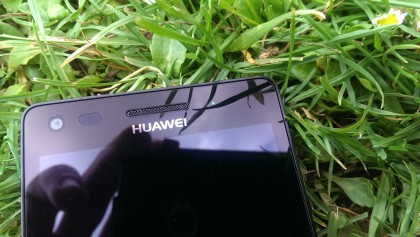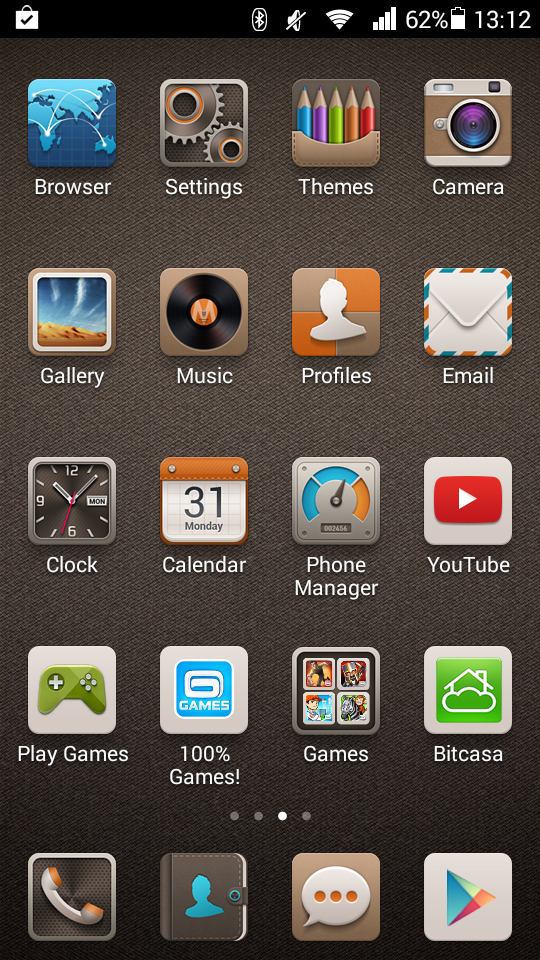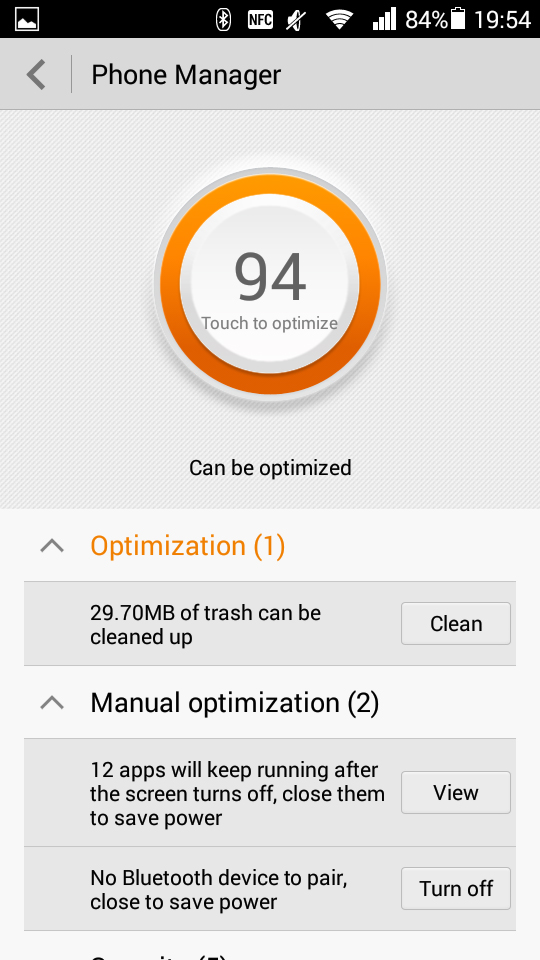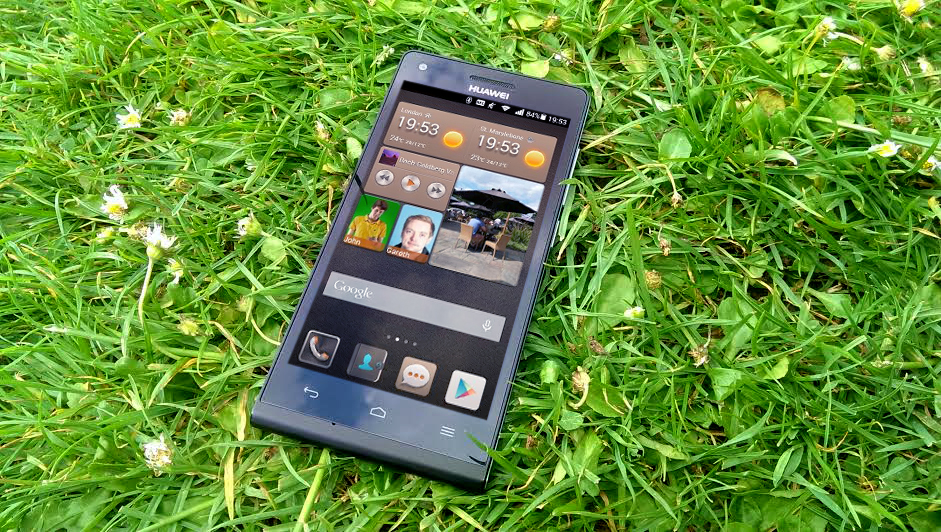Why you can trust TechRadar
Although Huawei is bringing the Ascend G6 to market as a cut-down version of its Ascend P6 and Ascend P7 flagship models, it still plans on enticing you with 4G at a low price.
This certainly is the case when it works. I found that mobile browsing speed and load times were excellent when I was out and about and needed to check a site or load up Google Maps.
However, on a few occasions during the time I spent with the Huawei Ascend G6, it lost signal altogether. This was in areas where I knew there couldn't possibly be a lack of signal and yet making calls and using my data connection became unavailable. In most cases, it righted itself after a minute or so but on one occasion lasted around 10 minutes and didn't correct itself even after I rebooted the handset.

Thankfully, there were no such problems with the camera – which is Huawei's other big selling point. The rear-facing 8MP camera is competent, and images came out crisp and well detailed.
But Huawei's real focus point is the front–facing 5MP camera which includes a 'beauty level' slider, letting you make yourself more attractive.
Now, I'll admit that in real life I'm not much of a selfie taker. But the Ascend G6 doesn't half make it easy to capture those kind of shots.
The beauty level lets you pick on a scale from 1 to 10 the amount of input you want the phone to have. Leave it at 1 and you get yourself warts and all, but whack it up to ten and the handset will blur skin imperfections and add some colour in an attempt to make you even better looking.

Worryingly though, all it appears to do is give you comically larger eyes and slightly pinker skin as you can see from my sample pictures. It did, however, give me slightly thicker and darker hair so I suppose I should be grateful for that.
Once you've selected your beauty level – or turned it off via the camera settings – and hit the shutter, you'll get a quick two-second countdown before the phone snaps you. During this time a small box appears in the top left hand corner letting you frame yourself perfectly.

Casual data blackouts aside the Ascend P6 handles itself quite well during day-to-day usage. The Emotion user interface makes a few subtle changes to the Android experience (for example, there's no app drawer – app shortcuts will load straight to the homepages) but anyone with a bit of smartphone familiarity will quickly adjust.

Each homescreen can be loaded with apps and widgets while a long press on the Home soft-key will bring up Google Now.
The slide-down notification bar gives you access to quick-fire settings while apps themselves can be laid out as you please or dropped into folders together for convenience.
As I mentioned before, the cutesy themes of the UI as a whole are a little off-putting – but each part, from the look of the lock screen to the sound of notifications, can be customised to your liking.
Huawei has loaded a fairly useful widget to the main homescreen that gives you weather, two slots for your most-used contacts and shortcuts to the music player and a selected gallery.
Despite adding its own UI, Huawei hasn't felt the need to stuff the Ascend G6 with loads of its own bloatware. Pre-installed apps are kept to a minimum of a few tools and the usual Google big-hitters like Gmail, Chrome and Play.

However one Huawei app, Phone Manager, is a useful bit of kit. It lets you scan your phone to determine the performance level and then optimise it through closing unnecessary apps or cleaning up temporary files to free memory. A second Huawei app, Bitcasa, lets you sign up for additional cloud storage space.
Watching media on the phone isn't a problem in terms of performance. Although the screen only boasts a 960 x 540 resolution with a 245ppi density, the colour reproduction is good and there's no problem with detail.
It can't match the eye-popping display of the Samsung Galaxy S5, but then this is a mid-level handset and therefore can be cut some slack. The one cause of concern is that the Motorola Moto G is cheaper than the Ascend G6 and still offers a 1,280 x 720 display.
Moving through the phone itself is swift and fairly easy, with the 1GB of RAM coping fine. I ran TechRadar's preferred GeekBench 3 benchmarking app through the phone and it returned a score of 344 for the single core and 1158 for the multi core. For comparison, that puts it faster than the similarly specced Sony Xperia M2.
Current page: Key Features and Performance
Prev Page Introduction Next Page Battery life and the essentials